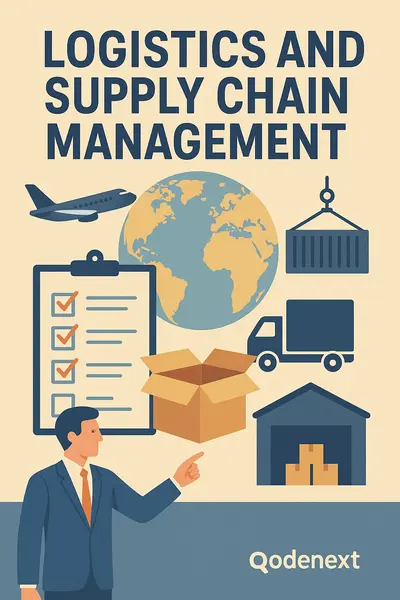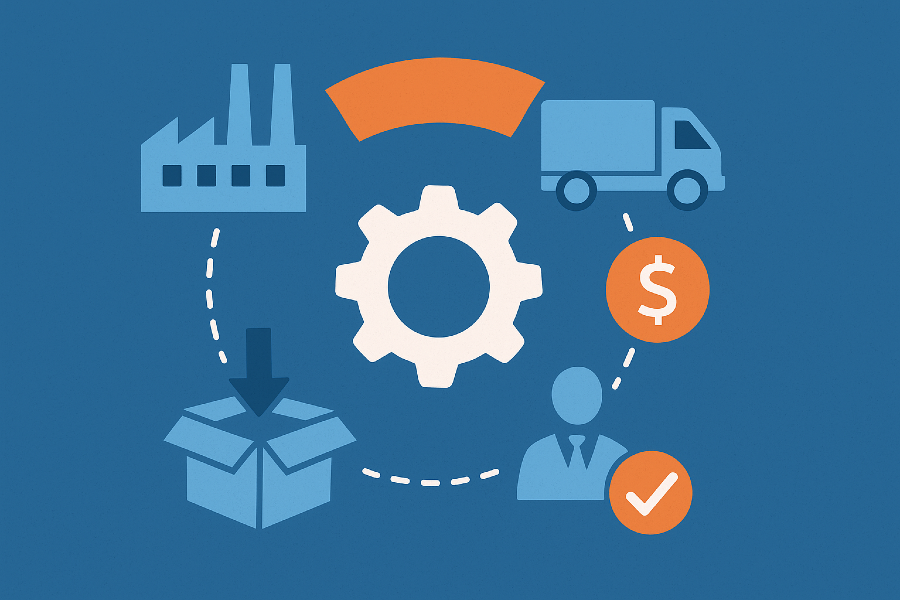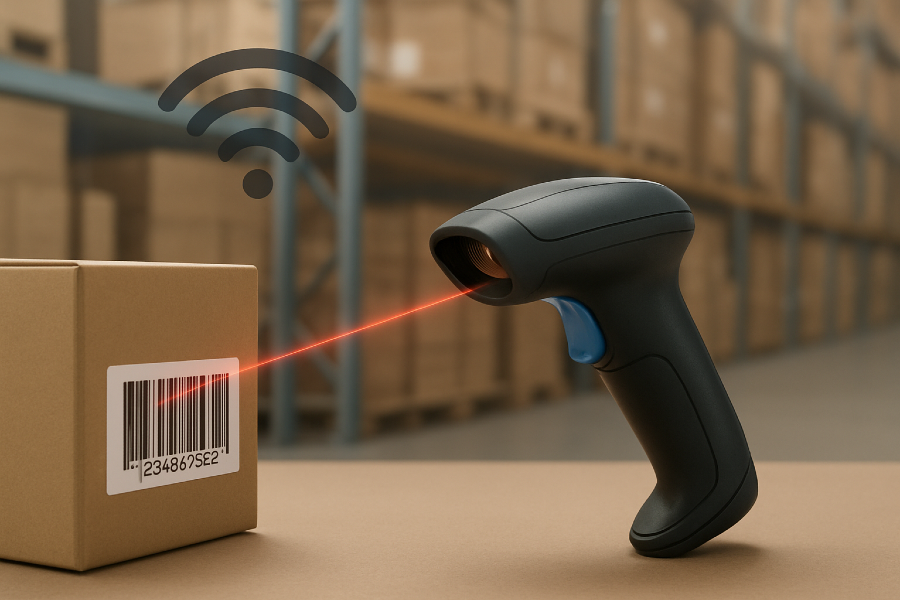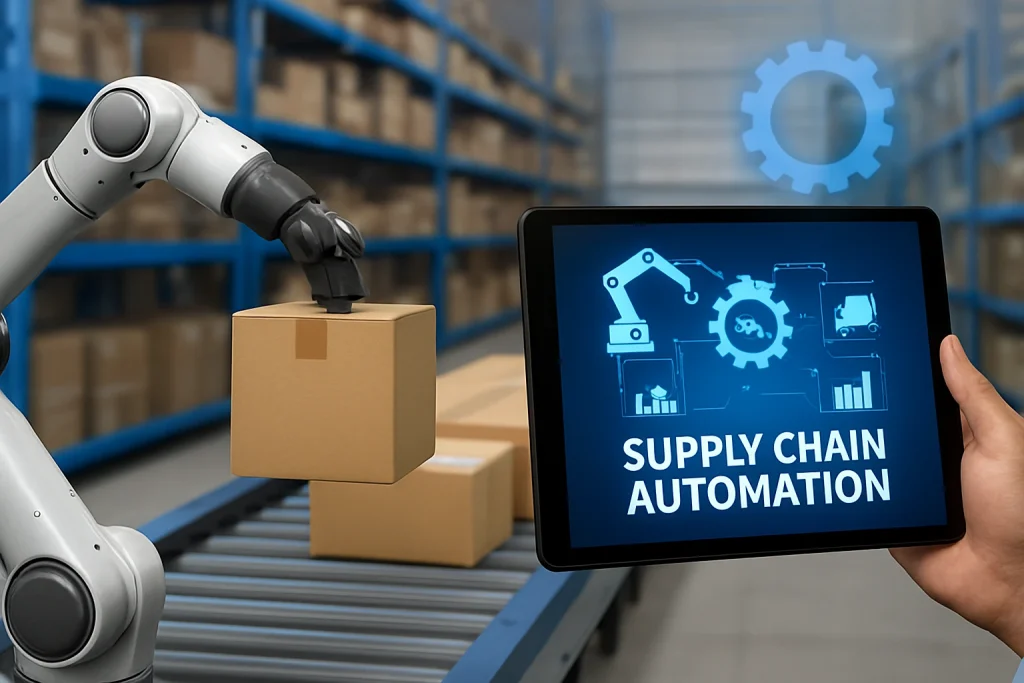Supply chain dynamics have completely gone for a toss because of the continuing effects of the pandemic. With many covid-related restrictions still in place, it has become extremely difficult for businesses to keep up with the demands. Enterprises are struggling to balance the supply-demand equation, and they are also finding it extremely difficult to track or trace their goods across increasingly complex supply chain networks.

Customers expect to receive both high-quality and reliable products in time. Any failure to do so can prove to be extremely costly for the business: either a replacement is sought – at the expense of the brand, or customers just shift to other alternatives – which is far more detrimental to the long-term growth and success of the business.
Whatever may be the case, it has become extremely critical for enterprises in the manufacturing and logistics industries to stay a step ahead of these challenges, and one of the best ways to do this is by keeping an eye on the latest supply chain technologies.
Here’s looking at 5 technologies that will be trending in 2022:
1. Cloud and IIoT for end-to-end visibility: Cloud and IIoT can prove extremely beneficial to organisations looking to achieve end-to-end visibility into their supply chain networks and bring risks under control. Using these two technologies, companies can overcome the challenges brought about by siloed and incomplete data and get the insight they need into their supply chains. By uncovering critical information across devices, operations, and networks, organisations will be able to optimise their supply chain functions — right from sourcing and planning to distribution and logistics.
2. RFID for omnichannel inventory management: In 2022, Logistics and supply chain companies will also increasingly embrace advancements in RFID technology to drive omnichannel inventory management. Right from tracking goods to monitoring environmental conditions during shipment, enhancing warehousing efficiency to controlling vehicle movements across facilities to ensure on-time delivery – RFID trends like UHD tags will be a hot trend in the coming year. It will help organisations track every moving part in the supply chain, and minimise bottlenecks, maximise throughput of trucks, reduce pilferage, optimise inventory, and reduce costs.
3. Digital twins to predict abnormal situations: The coming year will also see widespread adoption of purpose-built digital twins that will enable companies to build a virtual representation of physical supply chains. By orchestrating data from disparate sources, digital twins will provide a more comprehensive view of suppliers, inventories, and equipment – and provide real-time dashboards and alerts via advanced analytics on critical issues like equipment failure, out-of-stock situations, and other potential abnormalities or disruptions. Timely insights can help organisations build more agile supply chains, enabling them to be prepared for demand fluctuations, climate changes, and global trade issues and ensure their supply chains can cope with economic uncertainties and the shifting availability and costs of raw materials.
4. Advanced analytics to identify waste: Given the importance of materials in the production process, organisations can greatly benefit from faster access to comprehensive data to error-proof their supply chains and identify wastes in time. In 2022, traceability systems with advanced analytics capabilities will enable supply chain organisations to quickly detect production problems and inefficiencies and drive significant qualitative and quantitative improvements that impact profitability. From reduction in data entry time to minimising work in progress items, traceability systems will enable organisations to constantly uncover inefficient processes or repetitive work, improve quality of processes, enhance workflow efficiency, and avoid supply shortages – while constantly reducing waste, errors and non-value-adding activities.
5. AI and ML for compliance automation: Organisations that manage supply chains across multiple vertical markets such aerospace, automotive and medical, need to meet numerous requirements with respect to industries, processes, and environmental compliances. In 2022, the supply chain industry will witness a surge in the adoption of AI and ML technologies to comply with HIPAA, REACH, RoHs, ISO, UL, PCI DSS, and other requirements. These technologies can help in automating and simplifying the compliance process while mitigating the possibility of violations – enabling organisations to abide by required rules and regulations while reducing the time and resources needed to capture and share data required by various stakeholders.
The COVID-19 pandemic has exposed existing challenges in global supply chains, forcing businesses to swiftly adapt to dramatic shifts in supply and demand. Keeping pace against the backdrop of emerging digital solutions and changing cost structures requires organisations to embrace the latest in the world of technology. Today, organisations need to move away from managing risk and disruption and exploit opportunities for future growth.






